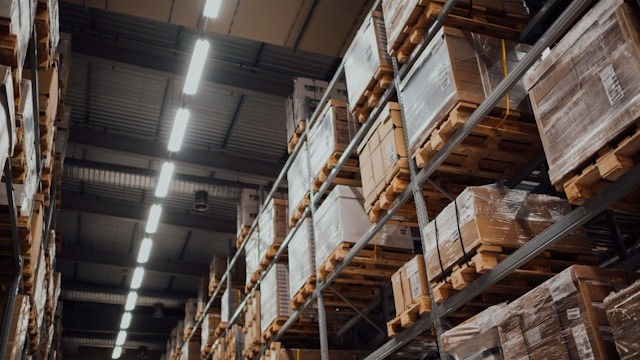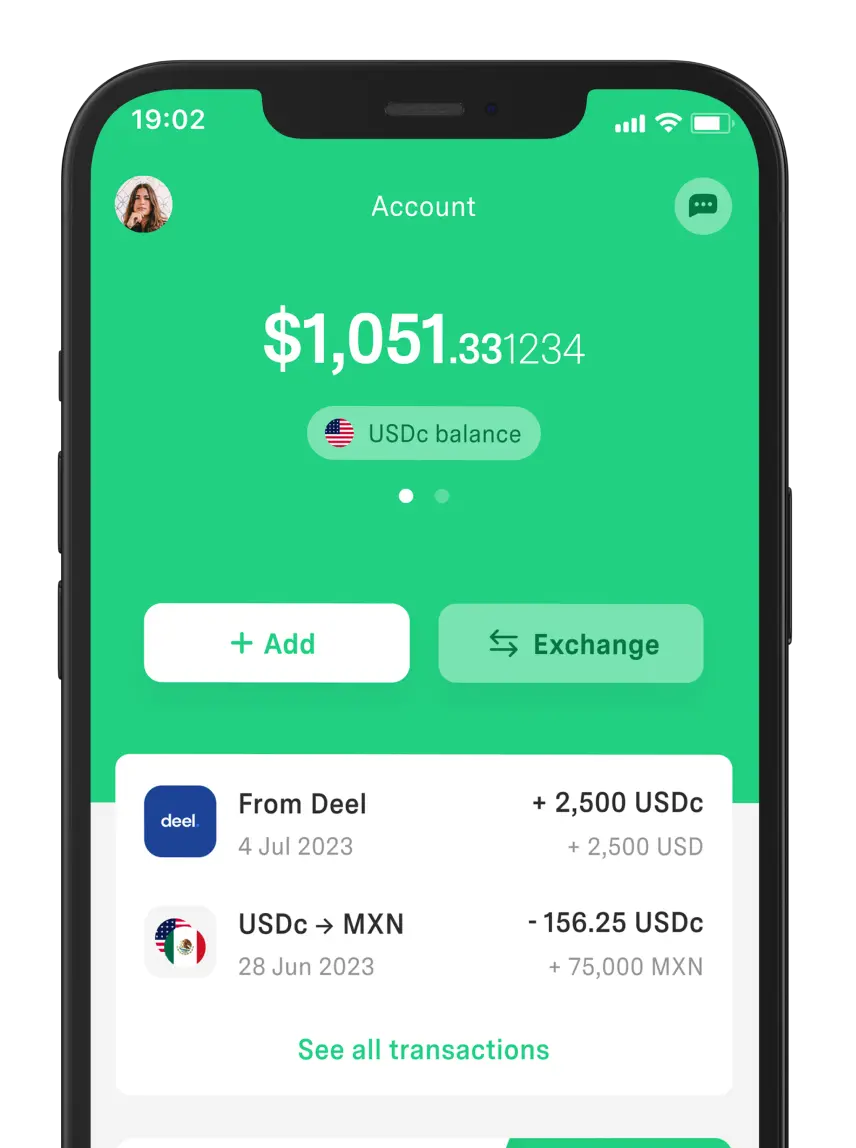 Shopping online
Shopping online How to Buy on Alibaba China from Mexico
With these steps, you can buy on Alibaba from Mexico without hassles and efficiently. Plus, we’ll tell you the best way to pay.



Customs clearance is often linked to compliance with legal and tax regulations, but few people truly understand it. Knowing how it works is crucial for everyone—especially with the growth of international e-commerce and increased regulatory oversight.
Moreover, this procedure isn’t just for companies. It also applies to anyone who imports, exports, or receives goods from abroad. Even if you’re simply buying something small from online stores like Amazon or AliExpress.
That’s why in this post, we’ll explain what customs clearance is, when it applies, and how it’s handled in 2025.
It’s the mandatory process that authorizes goods to legally enter or leave a country. It involves both administrative and fiscal procedures so that customs authorities can verify compliance with current regulations.
It may also include physical or document inspections to ensure the safety, legality, and traceability of trade operations.
Customs clearance is the step that ensures an import or export is carried out legally. Without it, no person or company can officially move goods across borders.
This process ensures that goods comply with the regulations of any country. Without it, global commerce would constantly face risks: delays, unexpected costs, fines, or even the seizure of products.
Essentially, its importance comes down to the following:
It ensures that products comply with each country’s laws, tariffs, restrictions, and requirements—thus avoiding penalties, seizures, or legal issues.
When efficient, it prevents delays caused by documentation errors or additional inspections. This is crucial in sectors with perishable goods or tight deadlines.
It reduces additional costs such as storage fees, fines, or unexpected adjustments, allowing you to accurately calculate the total shipping cost.
It protects against the entry of unauthorized or unsafe products, as well as illicit activities like smuggling.
Ultimately, customs clearance provides certainty and stability in international trade.
Customs clearance for imports or exports involves a series of sequential steps that assess various aspects. A customs broker or customs representative handles the entire procedure.
That’s why the best way to explain it is by breaking down the different stages of the customs clearance process:
The first step is to classify the goods according to the tariff system of the receiving country. In the case of purchases from the United States to Mexico, the merchandise must be classified according to the TIGIE.
Next, the required documentation is prepared, which includes the commercial invoice, packing list, certificates of origin, special permits (if applicable), and the customs declaration.
After that, payment of taxes, duties, and tariffs is made. Without this payment, the goods cannot proceed in the process.
Once this is completed, the authorities determine whether or not the shipment will be inspected using the “customs traffic light” system:
Green: the goods are released without further inspection.
Red: a more detailed physical and document inspection is carried out.
If an inspection is triggered, the customs recognition process begins, in which the product, its classification, and the submitted documents are verified.
Finally, if everything is in order, customs releases the merchandise so it can continue to its final destination. If not, an official report is issued and the goods are held until the issues are resolved.
Customs clearance is mandatory for all goods entering, exiting, or transiting through a country as part of international trade.
Therefore, it applies in three specific situations:
1. Importation. This happens when you bring goods from abroad into Mexico. For the products to enter legally, they must go through customs. It doesn’t matter if they’re for personal use or if you use forwarding services like Stackry—they must be inspected, valued, and the corresponding taxes must be paid.
2. Exportation. This occurs when you send products from Mexico to another country. You also need to complete customs procedures to ensure the shipment leaves the country legally and without issues. This applies to both commercial sales and personal shipments.
3. Transit. This refers to merchandise that only passes through Mexico on its way to another destination. Even if it doesn’t stay in the country, it must still go through customs control. For example, a shipment coming from Asia headed to Central America.
During the customs clearance process, the payment of taxes and duties is essential. In Mexico, the main charges that may apply are:
Import VAT of 16%, calculated based on the total value of the goods.
General Import Tax (IGI), applied according to the product’s tariff classification.
Duties, which depend on the type of product based on its classification under the TIGIE.
Customs Processing Fees (DTA) of 0.8% and, in some cases, countervailing duties.
Pre-validation of the Customs Declaration (PRV): Fixed cost of MXN 290 + VAT (MXN 46) for verification of the customs declaration, carried out by a third party authorised by the SAT.
As for the total amount to be paid, it is determined based on the customs value. This includes the product price, shipping costs, and insurance (if applicable). The corresponding tax percentages are then applied to that total.
Let’s say you decide to buy a pair of headphones from an online store in the United States and have them shipped directly to Mexico without intermediaries. The product costs $100 USD, international shipping is $20, and insurance costs $5, bringing the total to $125 USD.
That is the amount declared to customs.
This type of product is classified according to the TIGIE. In this case, the headphones fall under a tariff category that carries a 15% import duty. If the exchange rate is $20 MXN per USD, the customs value would be $2,500 MXN.
Based on that, the General Import Tax (IGI) is calculated at 15%, which amounts to $18.75 USD or $375 MXN.
Next is the Customs Processing Fee (DTA), which is 0.8% of the customs value—$1 USD or $20 MXN.
Then, VAT (Value Added Tax) is applied at 16% on the customs value plus the IGI and DTA.
In this example, VAT equals $23.16 USD or $463.20 MXN.
There is also a fixed fee for Pre-validation of the Customs Declaration, which costs $336 MXN. In this case, no countervailing duties apply.
Adding everything up, the total cost to import the headphones is $167.91 USD or approximately $3,694.20 MXN.
Note: If the product has a certificate of origin from the U.S. or Canada, the IGI may be exempt under the USMCA, reducing the total cost to $819.20 MXN.
Whether you're shopping for personal use or running a small business with international shipments, we recommend:
Accurately declaring the contents and value of the merchandise, with a clear and precise description that matches the invoice.
Keep your invoice, shipping label, certificate of origin (if applicable), and any required special permits on hand.
Before importing or exporting, check how much you’ll need to pay.
Verify customs restrictions before buying or shipping—such as uncertified cosmetics or batteries.
Use companies experienced in international trade if you're shopping online in the USA. Platforms like MyUS offer automated processes to simplify customs clearance.
If you shop online regularly, keep a record of your shipments, values, and payments. Also save your receipts, invoices, and tracking numbers. This will help you respond to any customs requests and keep your finances in order.
Lastly, consider using DolarApp to pay for your orders with digital dollars via DolarCard. This card works internationally, helping you avoid extra currency conversion fees.
At DolarApp, we also offer a competitive exchange rate for buying and selling euros or digital dollars, with no hidden fees.

The world has borders. Your finances don’t have to.
 Shopping online
Shopping online With these steps, you can buy on Alibaba from Mexico without hassles and efficiently. Plus, we’ll tell you the best way to pay.

 Shopping online
Shopping online What do customers think about AliExpress, Shopee, and Temu? Today we’ll look at opinions about each of these popular online stores.

 Shopping online
Shopping online Need to learn how to get invoices from AliExpress? Keep reading to discover not only the process but also the key details you should know.


